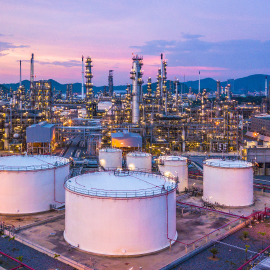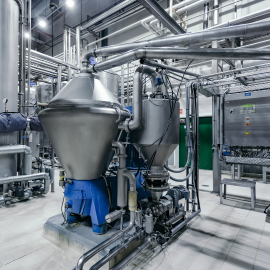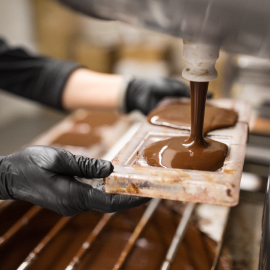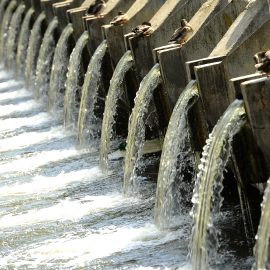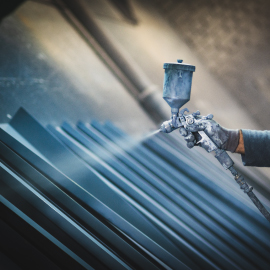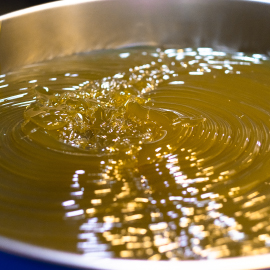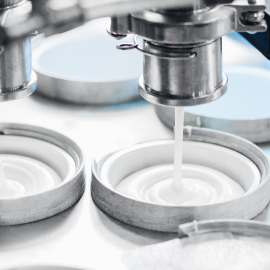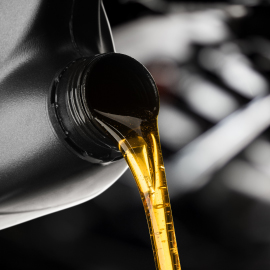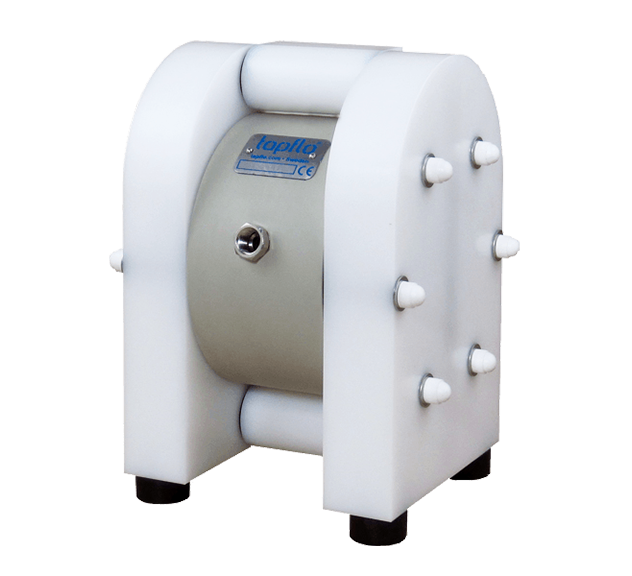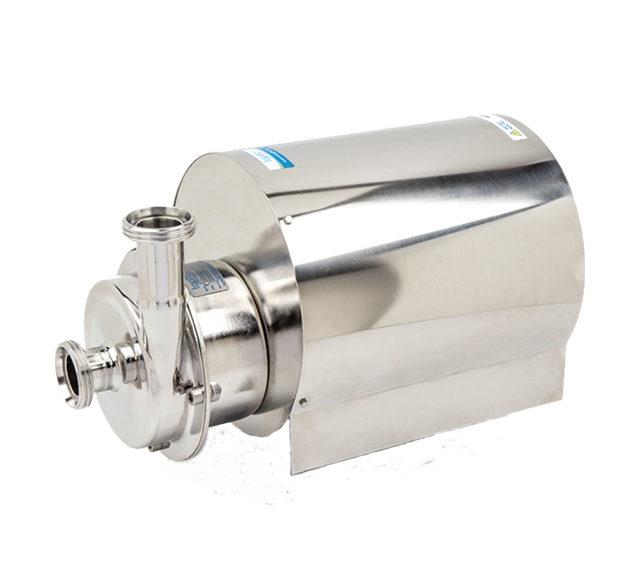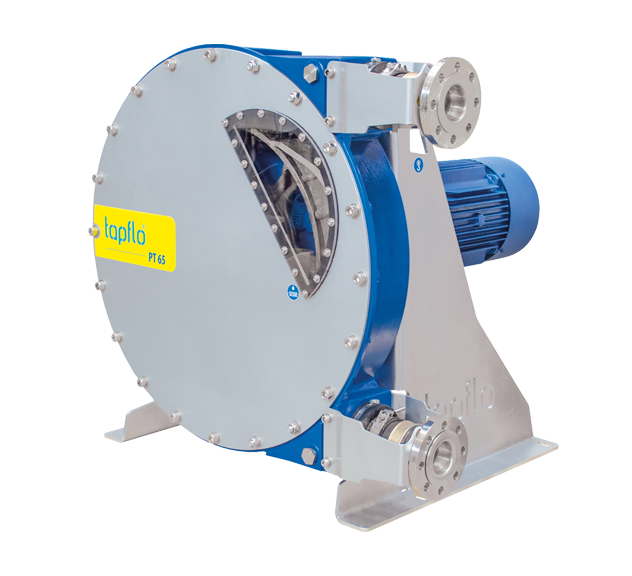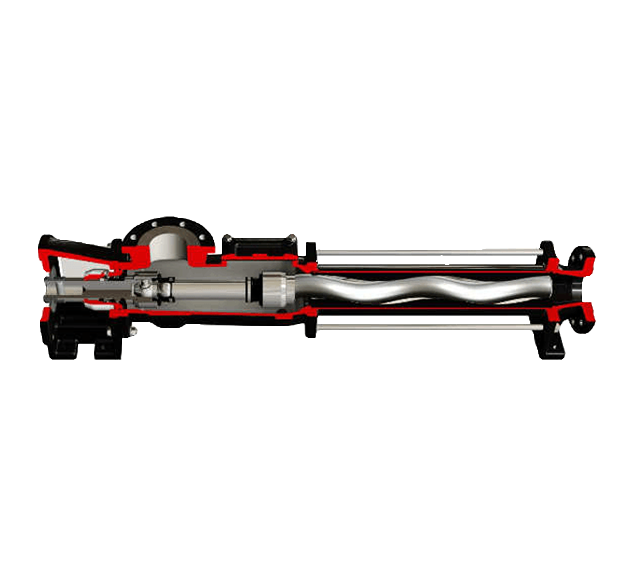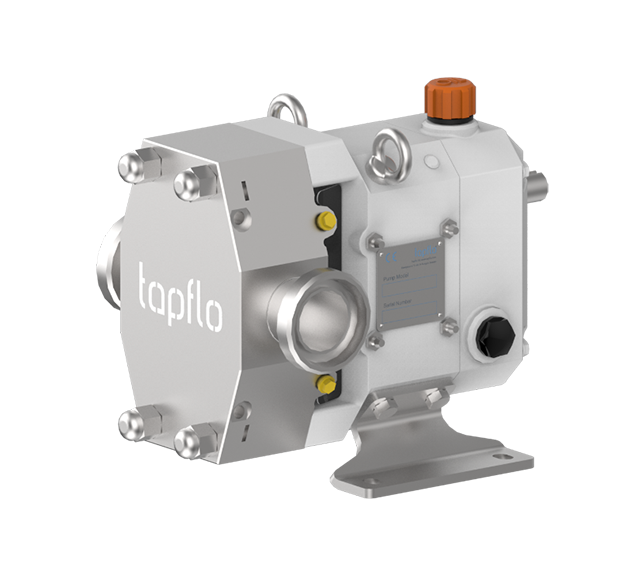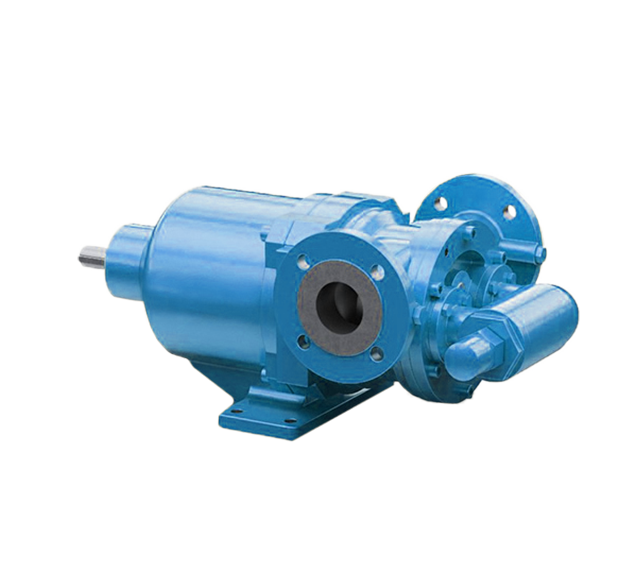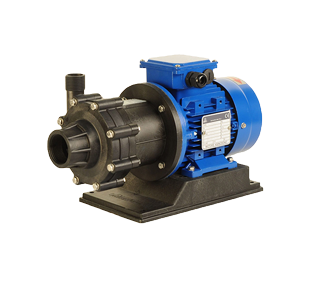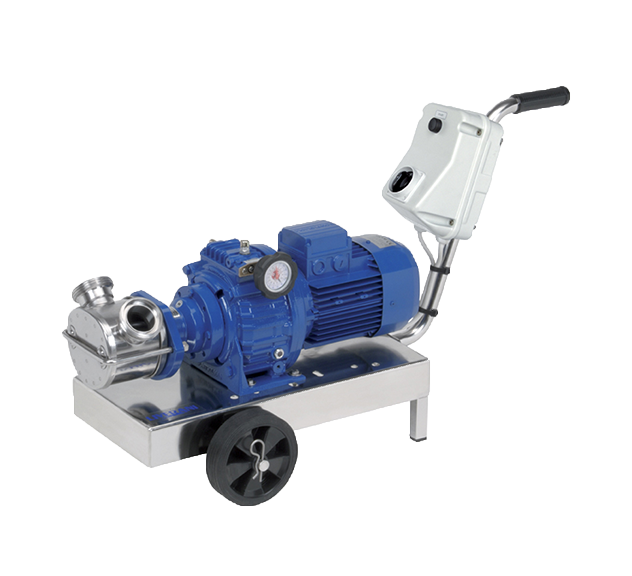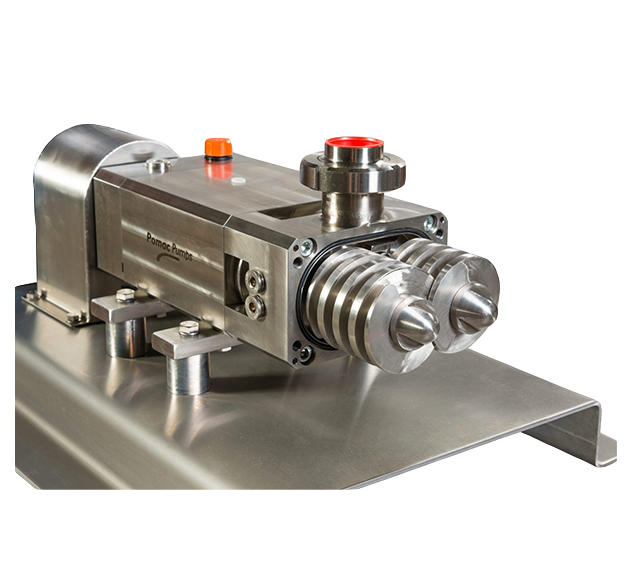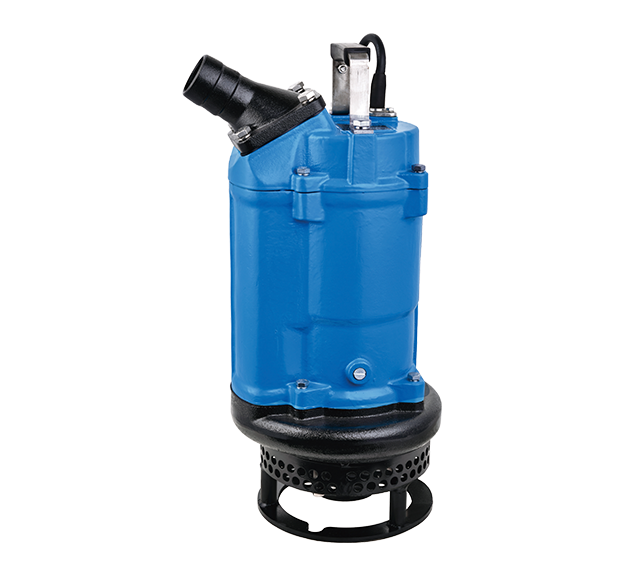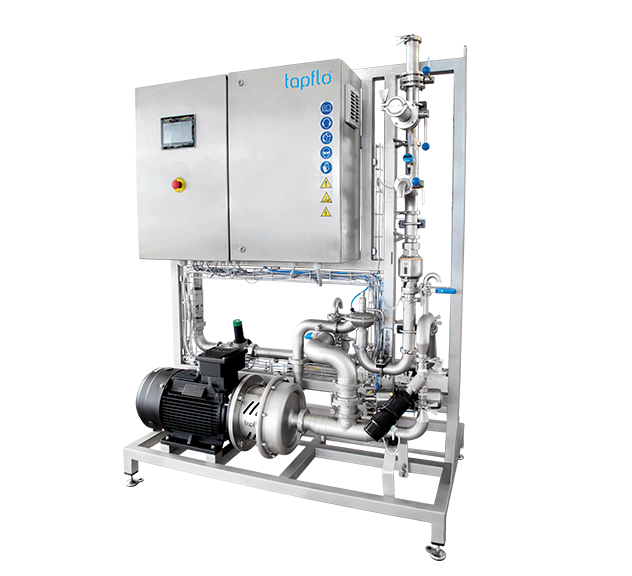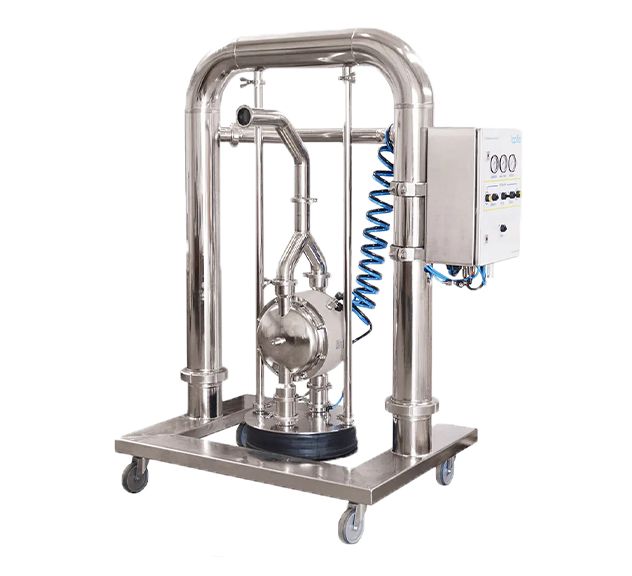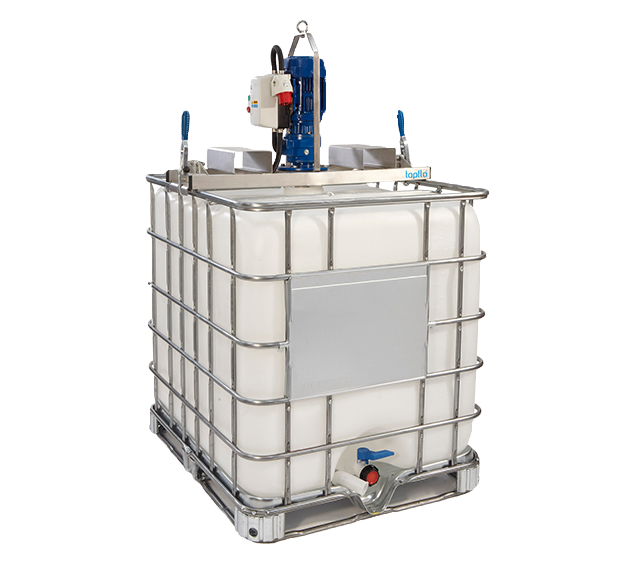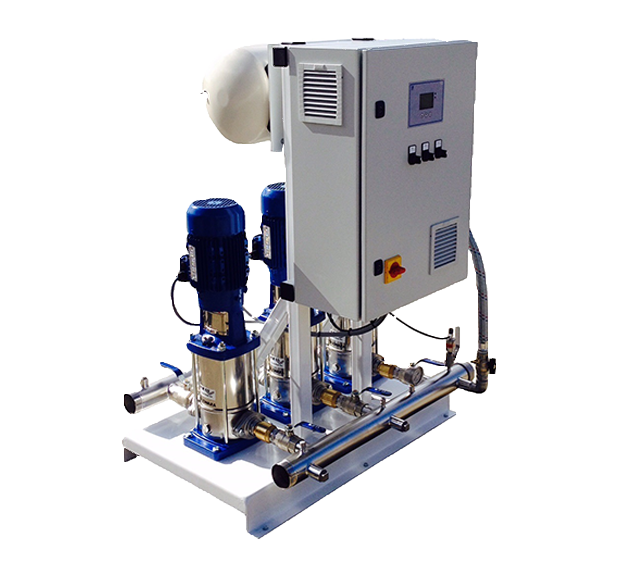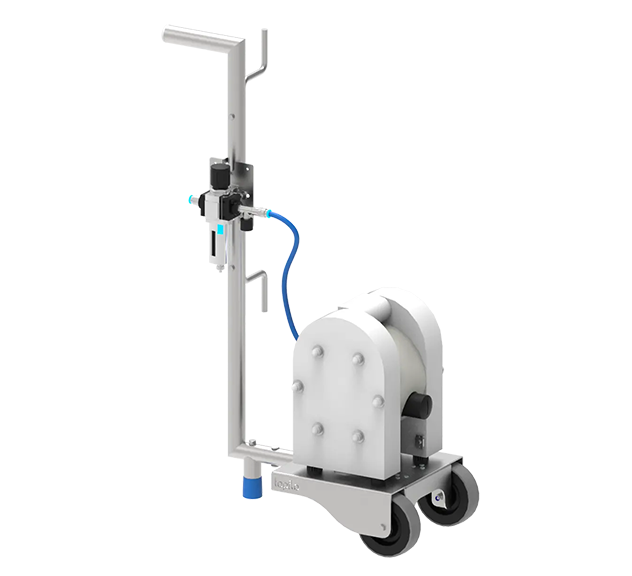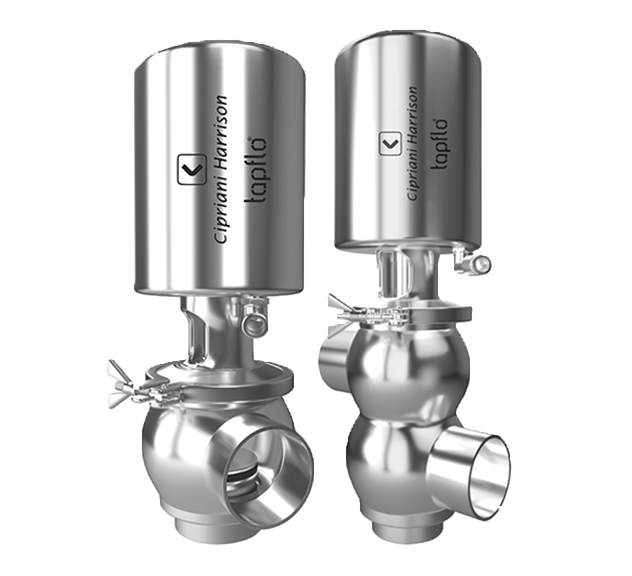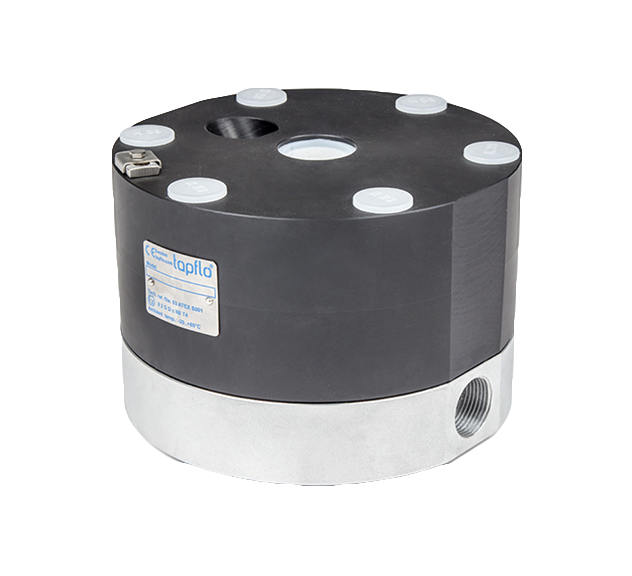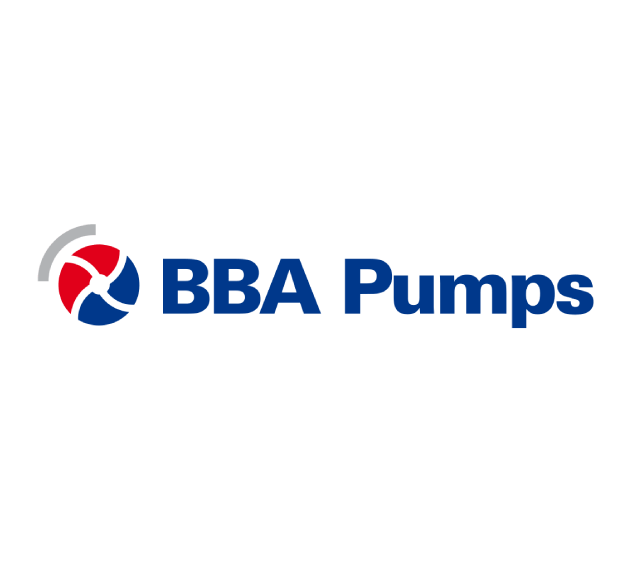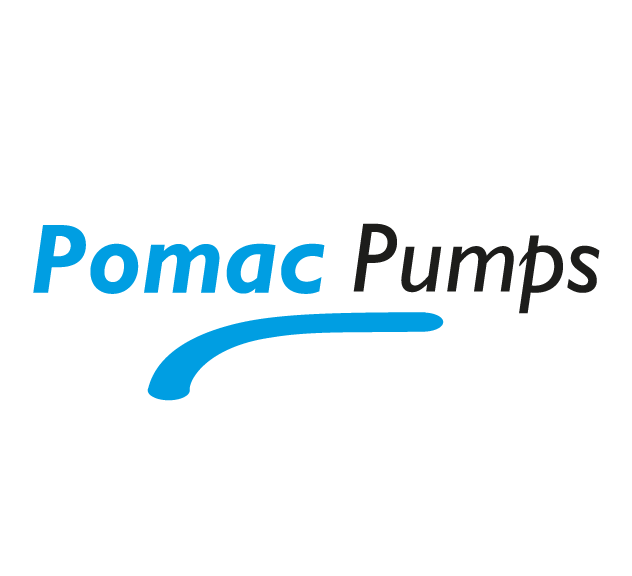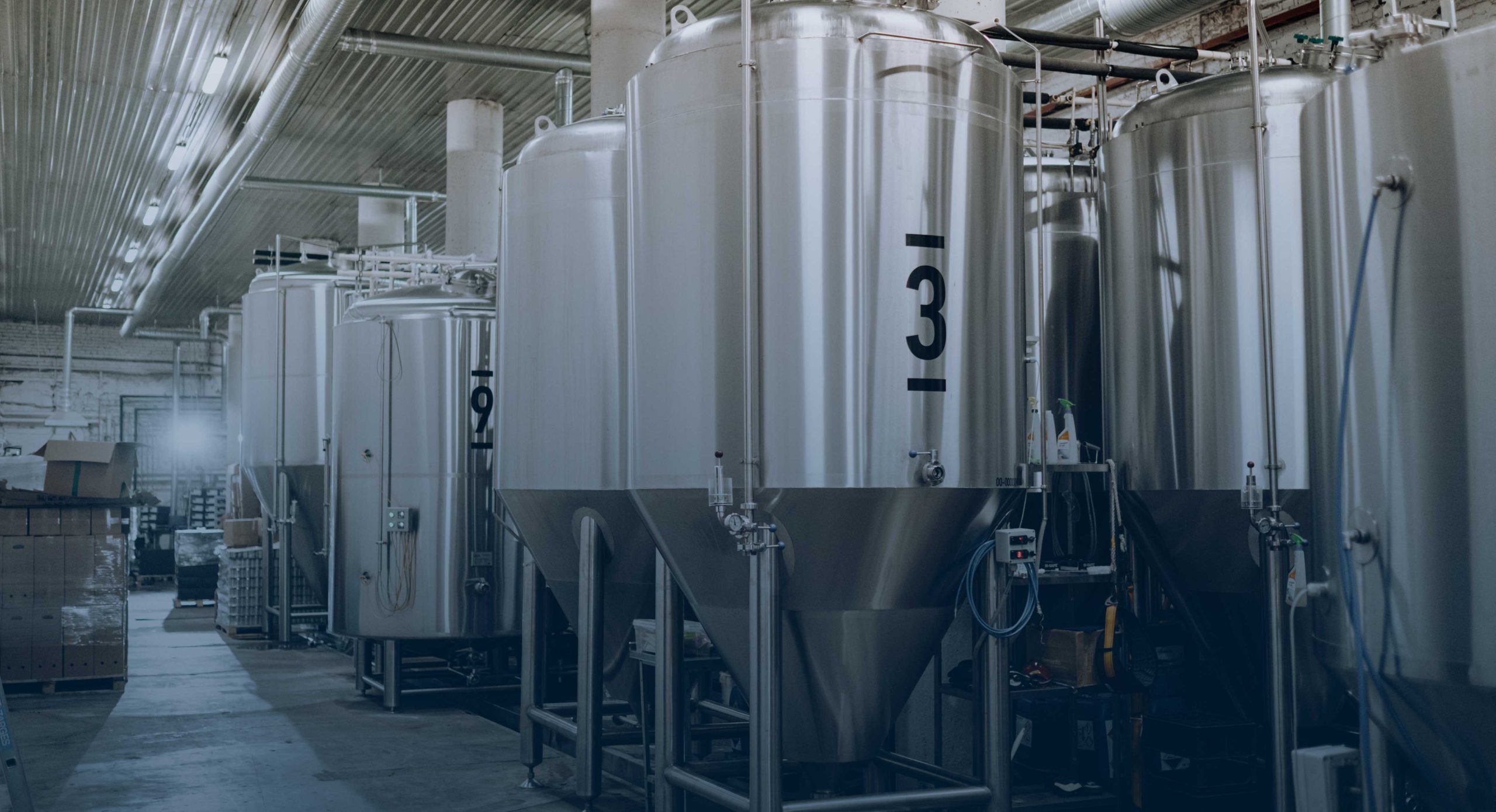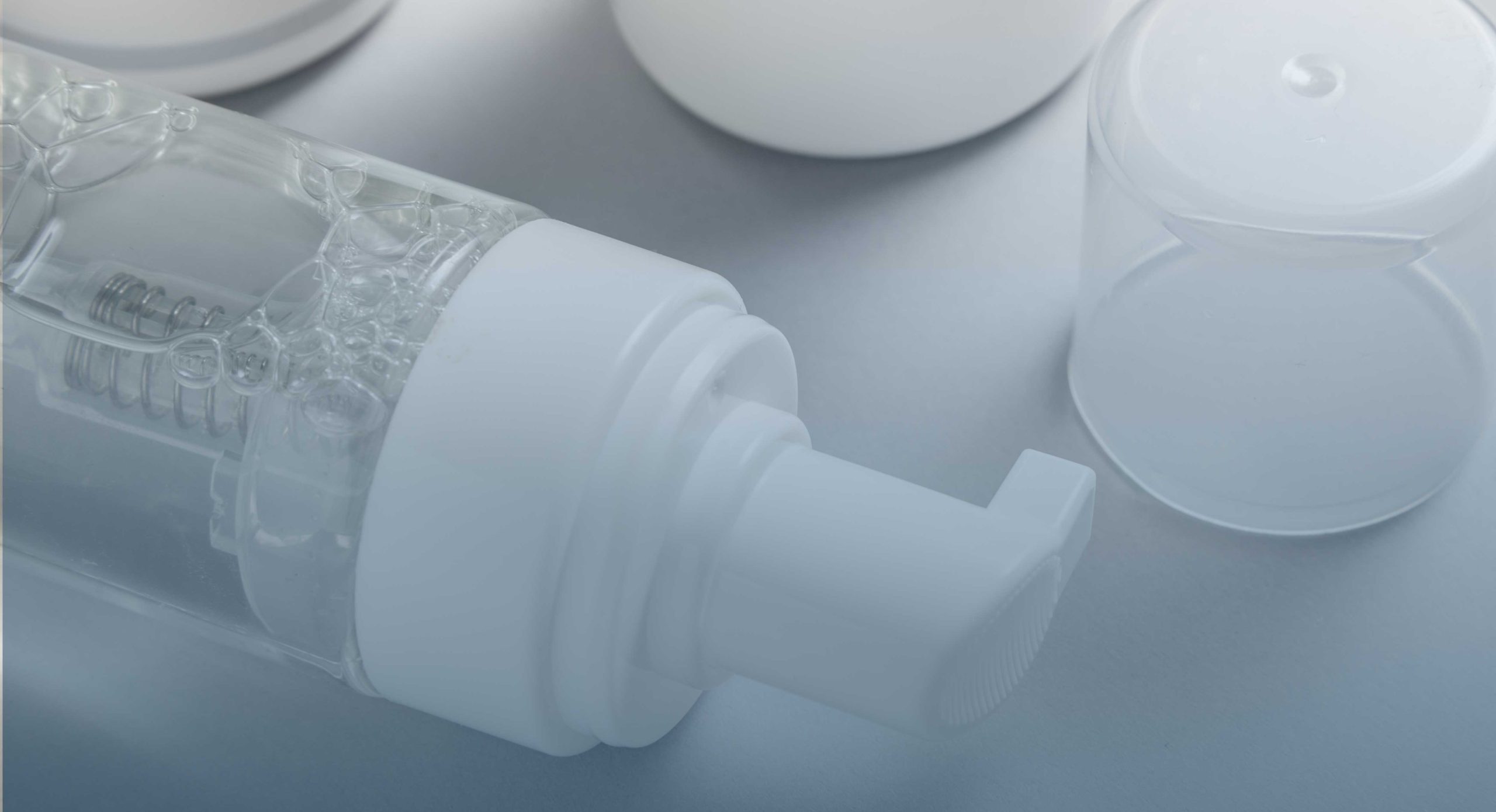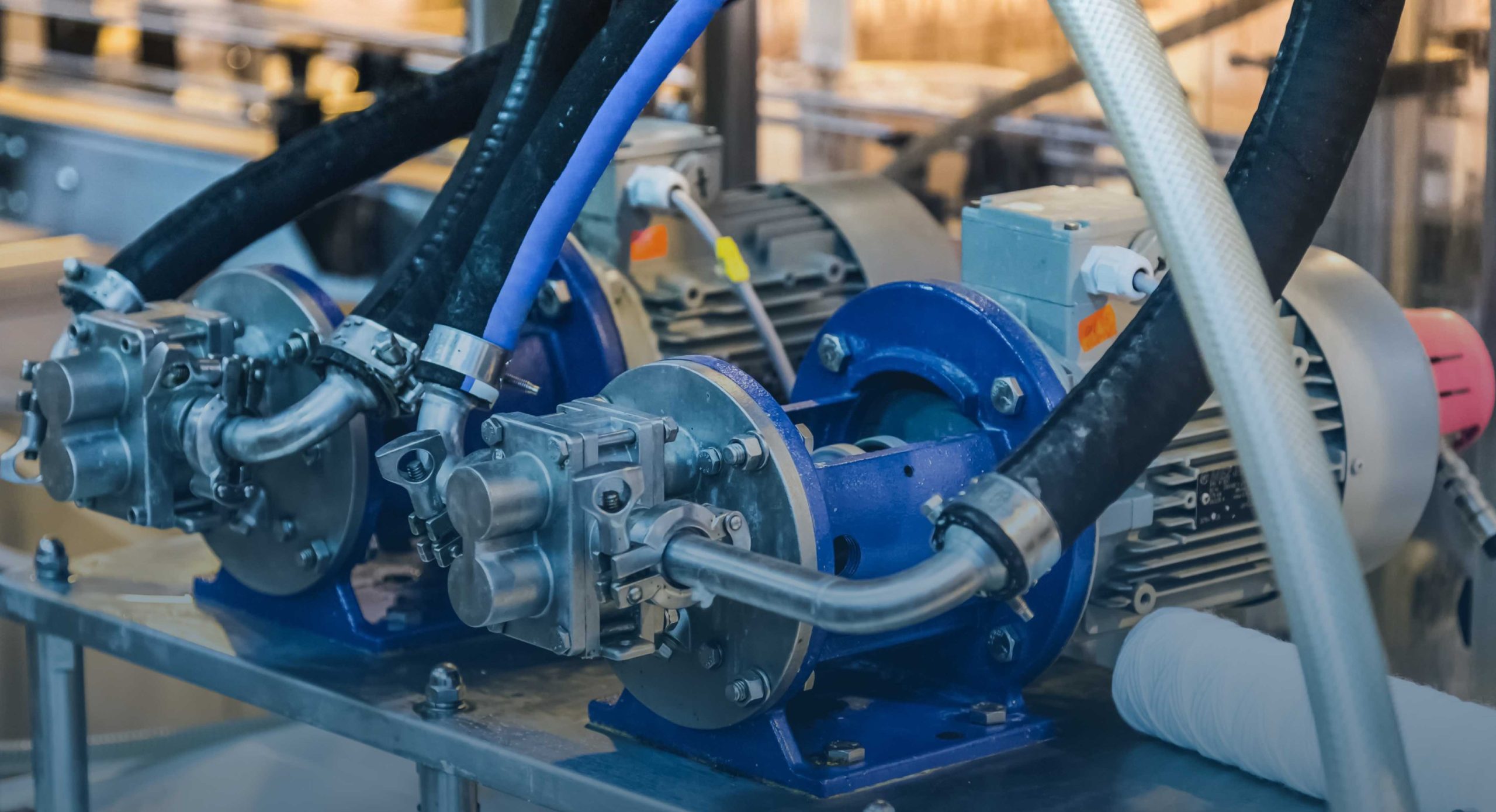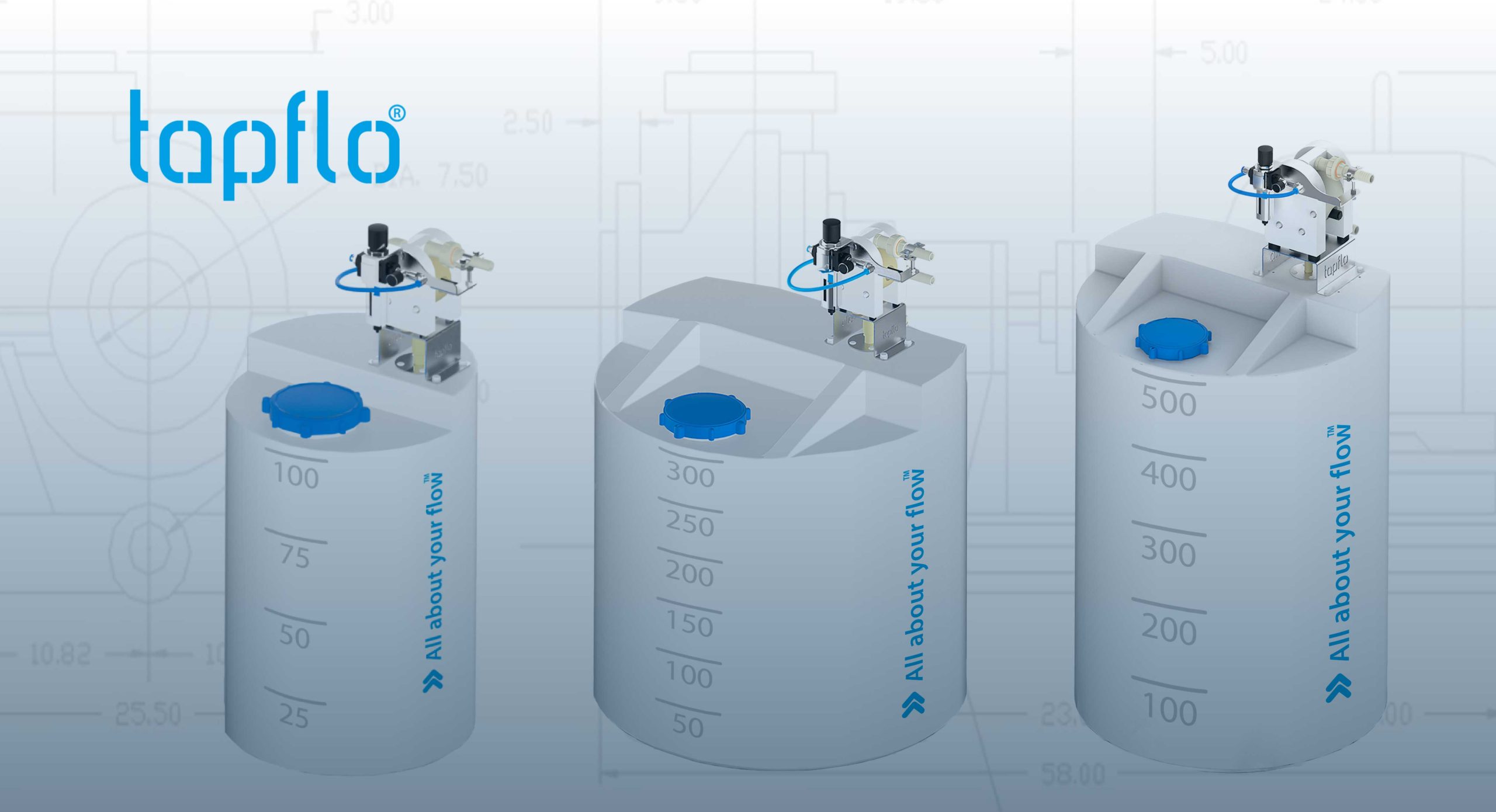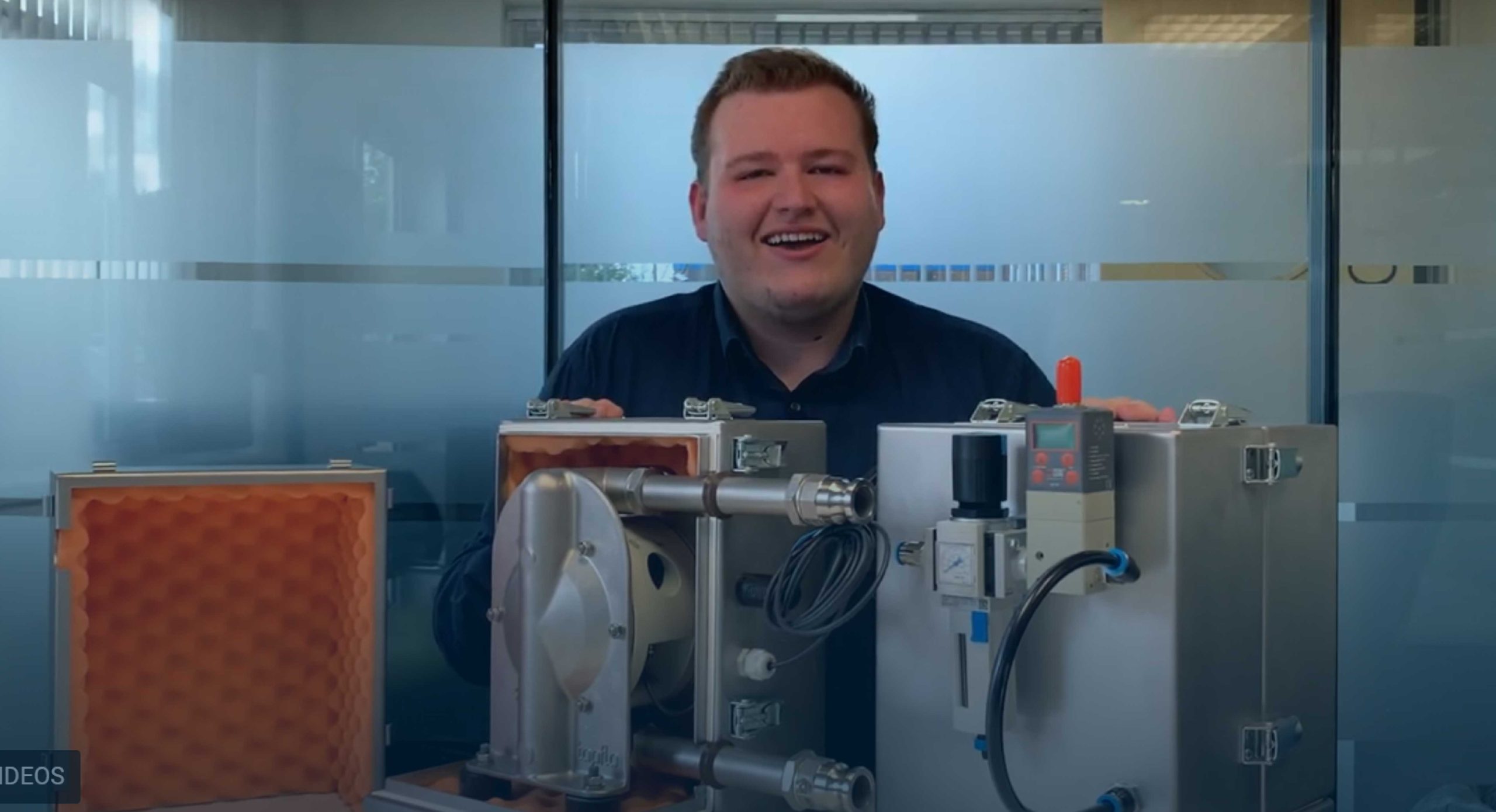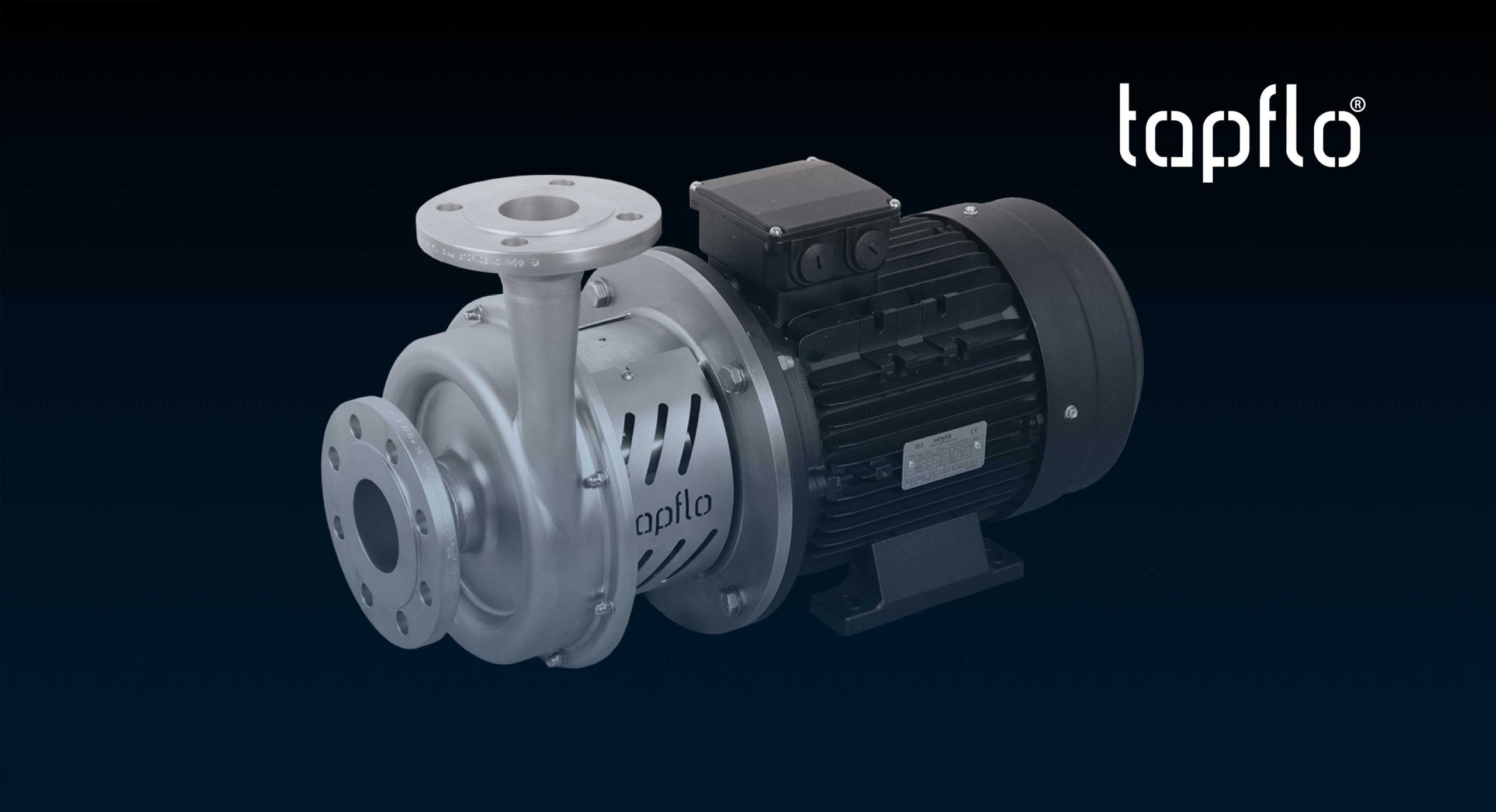What is a Submersible Pump?
A Submersible Pump is designed to be submerged in the fluid that is being pumped and push it towards the surface.
How does a Submersible Pump work?

The motor of the Submersible Pump drives an impeller which draws water into the pump from the tank as it spins. The liquid is moved through the body of the pump, pushing upwards towards the surface where the liquid is then used or processed.
Typically, the fluid discharging from the pump is used to cool the motor which means they are generally limited to between 40-60ºC maximum fluid temperatures. Cooling jackets and filled motor casings can be supplied to increase the fluid temperature, under special conditions. As the Submersible Pump is submerged within the fluid it is pumping, it requires less energy to draw the water in and move it, making Submersible Pumps an efficient option for a range of pumping applications.
For example, a Self-Priming Centrifugal Pump is designed to pull the water up from the tank or sump it is placed next to, however, as the pump is required to draw the fluid to itself and then discharge, it loses its differential head capacity. This is because whatever application you require the pump to lift needs to be added on to the discharge head to create the differential head. To make this operation more efficient, a Submersible Pump could be considered.
As a Submersible Pump sits at the bottom of the tank and can be fitted with integral float switches or electrodes, they can be easily installed and automatically operated whilst ensuring as much of the process fluid is evacuated from the tank as possible. Different Submersible Pump designs have varying levels on minimum fluid evacuation which can range down to as little as 1 mm.
Due to their simplicity & robustness in design, a Submersible Pump is also known to have low and simple maintenance properties, meaning they are a preferred solution in the hire and construction industry for dewatering and water extraction applications.
Typical Applications of a Submersible Pump
A submersible pump can be used in a number of projects which involve a range of pumping requirements including slurry, drainage and sewerage. These pumps can also handle fluids containing solids, including applications such as:
- Sewage Treatment
- Tank emptying
- Slurry
- Water extraction
- Sludge & Silt Removal
- Dewatering
Tips for using a Submersible Pump
- Ensure the process fluid is chemically compatible with both the pump and the power cable! Corrosion and degradation of the power cable can kill the pump and also present a health and safety risk to operators!
- Don’t allow your Submersible Pump to run dry! The pump will need to be turned off when the liquid level gets too low, allowing the pump to dry run could cause unnecessary damage to your pump.
Keep reading to find out Tapflo’s solution for dry running a Submersible Pump.
- Depending on the pump type, try to ensure that the Submersible Pump is submerged at all times and that there is an adequate amount of space in the sump or tank around the pump, as they can overheat. The fluid helps to keep the pump’s motor cool and any onboard controls (floats or electrodes), which could cease to function due to overheating, resulting in the tank or sump overfilling or the pump running dry.
- Ensure that the impeller design of the Submersible Pump is suitable for the process fluid. Too silty or viscous fluids or fluids with too large solids can clog the pump and damage it or burn out the motor and rip the seal apart.
Submersible Diaphragm Pump: The Best of Both Worlds!

One thing you might not know about Air-Operated Diaphragm Pumps is that they can be submerged in fluid. A submerged Diaphragm Pump requires an air exhaust, made from the same air hose which feeds the pump & fitted with the pump’s muffler, to the surface of the tank to enable the pump to exhaust air to the atmosphere & “breathe”. A submerged Positive Displacement Pump will push out the fluid inside the tank. You can find out more about how a Diaphragm Pump works in our blog, Helpful Information about Diaphragm Pumps.
One thing you might not know about Air-Operated Diaphragm Pumps is that they can be submerged in fluid. A submerged air pump requires an air exhaust, made from the same air hose which feeds the pump & fitted with the pump’s muffler, to the surface of the tank to enable the pump to exhaust air to the atmosphere & “breathe”. A submerged Positive Displacement Pump will push out the fluid inside the tank.
- Diaphragm Pumps are Self-Priming
- Diaphragm Pumps can run indefinitely without damage to themselves
- Air Operated Diaphragm Pumps are much easier to maintain as the seal on a Submersible Pump can make maintenance and repairs more difficult.
Watch the video below to see just how quick and easy it is to take apart a Tapflo Diaphragm Pump!
-
- The seals on a Submersible Pump can corrode over time, letting water into the pump’s motor. A Diaphragm Pump has no seals so avoids this problem completely.
- The flow rate and discharge pressure of a Diaphragm Pump can be adjusted at the point of use, unlike a Submersible Pump which is rotodynamic by design, therefore only capable of delivering the set amount. To alter the flow rate, an inverter would be required.
Expand the infographic for a full comparison of using a Submersible Pump compared to a Submersed Diaphragm Pump.
A Diaphragm Pump isn’t quite right for my business
If an Air Operated Diaphragm Pump isn’t quite right for the application due to a limited or non-existent air supply, Tapflo UK can supply almost any type of Submersible Pump, Vertical Immersion or Self-Priming Pump ensuring that you have all options available to suit your exacting needs.

